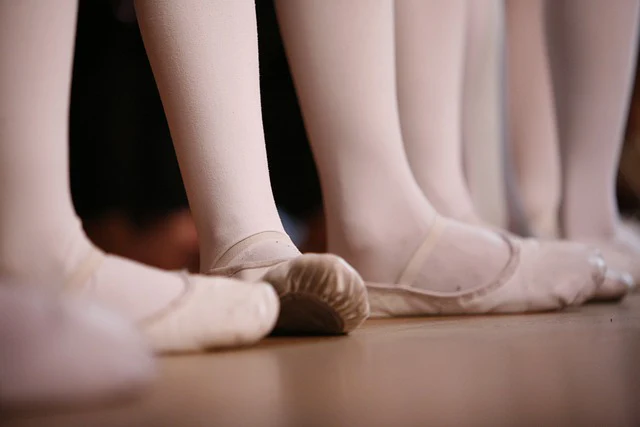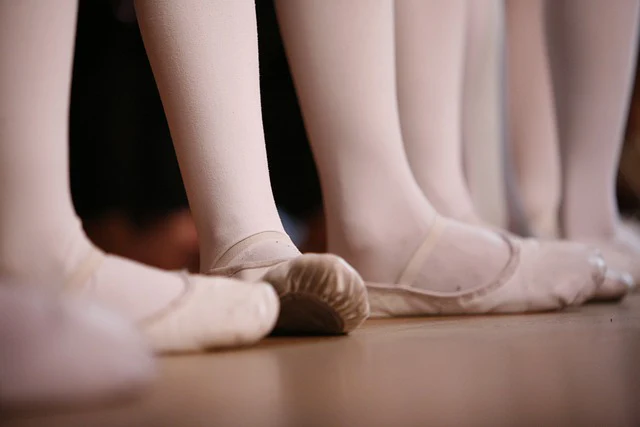
Shockwave therapy: What you need to know
Understanding shockwave therapy
Lower limb pain can affect anyone, no matter their age or daily routine. Whether it’s from plantar fasciitis, Achilles tendinitis, arthritis or other chronic conditions, pain can make everyday activities a struggle. One high-tech treatment that’s gaining popularity for its effectiveness is shockwave therapy. This non-invasive procedure has many benefits for those dealing with stubborn pain in the foot or leg.
Shockwave therapy, also known as extracorporeal shock wave therapy (ESWT), uses sound waves to help heal damaged tissues. It’s most often used for chronic conditions that have been present for 6 weeks or longer.
During the treatment, a device sends sound waves through the painful area, boosting blood flow and speeding up the body's natural healing process. The increased circulation helps reduce inflammation and break down scar tissue. This leads to pain relief and better movement in many cases.
Each session is quick, usually lasting about 15-20 minutes. Several sessions are needed to get the best outcomes in most cases. Scientific studies have shown shockwave therapy is often effective when other methods have failed to manage foot pain.
One of the biggest advantages of shockwave therapy is that it gives pain relief without surgery or drugs. Many treatments for foot pain, like steroid injections or anti-inflammatory medications, can have harmful side effects. And many patients report that steroid injections into the foot are very painful.
In contrast, shockwave therapy is a drug-free, non-invasive option that targets the source of the pain. Many patients notice an improvement after only a few sessions, with little or no downtime needed for recovery.
Shockwave therapy is also known for its long-lasting effects. Unlike temporary fixes that just hide the pain, this treatment tackles the root cause. By promoting tissue repair and healing, shockwave therapy offers lasting relief and helps prevent future problems. Many patients continue to feel better months after finishing their treatment, allowing them to get back to daily activities they love.
In summary, shockwave therapy is a great option for anyone dealing with chronic foot pain. It’s non-invasive, has few side effects, and encourages natural healing. If you’re tired of foot pain holding you back, talk to North Star Podiatry about shockwave therapy. It could be the solution you need to walk comfortably and confidently again.
What to expect at your first shockwave therapy session
If you’re considering shockwave therapy for your foot pain, you might be wondering what to expect. Here's a breakdown of what happens during a typical session.
Treatment Schedule
We usually recommend a weekly treatment plan. We find most patients need between 4 and 6 sessions to achieve the best outcome. The scientific evidence shows that many patients have significant pain reduction after three treatments. However, if your condition has been bothering you for a long time, more treatments may be needed.
The Therapy Process
During your session, we make sure you’re comfortable and relaxed. A soft gel is applied to the area on your foot or leg that will receive treatment. Once the machine has been turned on and the shockwaves are produced, you’ll hear a loud tapping sound. Don’t worry if you feel some tingling at first; this is completely normal.
Combined Treatment Approach
Shockwave therapy works best when combined with other strategies. Most foot pain requires a comprehensive approach. This could include changing your footwear, using custom orthotics, applying strapping or bracing to the foot or temporarily modifying your activities. Our goal is to tackle the problem from all angles to ensure you get the best possible outcome.
By understanding what to expect from your shockwave therapy sessions, you can feel more confident and prepared for the journey toward pain relief and better foot health. If you have any questions or concerns, don’t hesitate to reach out to us. We’re here to help you every step of the way!

When to use shockwave therapy:
Shockwave therapy can be an effective treatment for many lower limb conditions, including:
· Heel Pain, Plantar Fasciitis, Plantar Fasciosis, Heel Spurs
· Tendon pain including Achilles Tendonitis or Tendinosis
· osteoathritis
· Morton’s Neuromas or ganglions
· Patellar Tendinopathy
· Ligament sprains
· Chronic problems (pain or swelling) after sprains or strains
· Knee, Hip, and Lower Back Pain
· Scarring (trauma or surgical)
· Myofascial pain or restrictions
· Muscle Strains or Tears
· Non-Acute Bursitis
· Iliotibial Band Syndrome (ITBS)
Is there scientific evidence to support the use of shockwave therapy?
Shockwave therapy has been studied extensively, with the results published in reputable medical journals. Shockwave therapy is considered very effective in cases of plantar fasciits, with strong evidence that it reduces pain and restores function1. It’s been shown to be superior to cold laser and ultrasound therapy for plantar fasciitis.2
For other conditions, such as Achilles tendinopathy, patellar tendinopathy and iliotibial band syndrome, shockwave therapy has been studied less extensively, but has still been proven safe, effective and well-tolerated.3-5 It is also reported to be a convenient form of care, offering pain relief and improved function without long periods away from normal activities, like sport or jobs that involve long periods of standing on hard surfaces.3-5
Tell us what you need:
If you’d like advice on how shockwave therapy can help you reduce pain and return to your regular activities more quickly, reach out now! Complete our online form or call or message us, if you prefer.
References:
1. Charles, R. et al. (2023) ‘The effectiveness of shockwave therapy on patellar tendinopathy, achilles tendinopathy, and plantar fasciitis: A systematic review and meta-analysis’, Frontiers in Immunology, 14. doi:10.3389/fimmu.2023.1193835.
2. Al-Siyabi, Z. et al. (2022) ‘Extracorporeal shockwave therapy versus ultrasound therapy for PLANTAR FASCIITIS: A systematic review and meta-analysis’, Cureus [Preprint]. doi:10.7759/cureus.20871.
3. Stania, M. et al. (2019) ‘Extracorporeal shock wave therapy for achilles tendinopathy’, BioMed Research International, 2019, pp. 1–13. doi:10.1155/2019/3086910.
4. Weckström, K. and Söderström, J. (2016) ‘Radial extracorporeal shockwave therapy compared with manual therapy in runners with Iliotibial Band syndrome’, Journal of Back and Musculoskeletal Rehabilitation, 29(1), pp. 161–170. doi:10.3233/bmr-150612.
5. Maghroori, R., Karshenas, L. and Khosrawi, S. (2021) ‘Shockwave therapy versus dry needling for the management of Iliotibial Band Syndrome: A randomized clinical trial’, Galen Medical Journal, 10. doi:10.31661/gmj.v10i0.2174.

